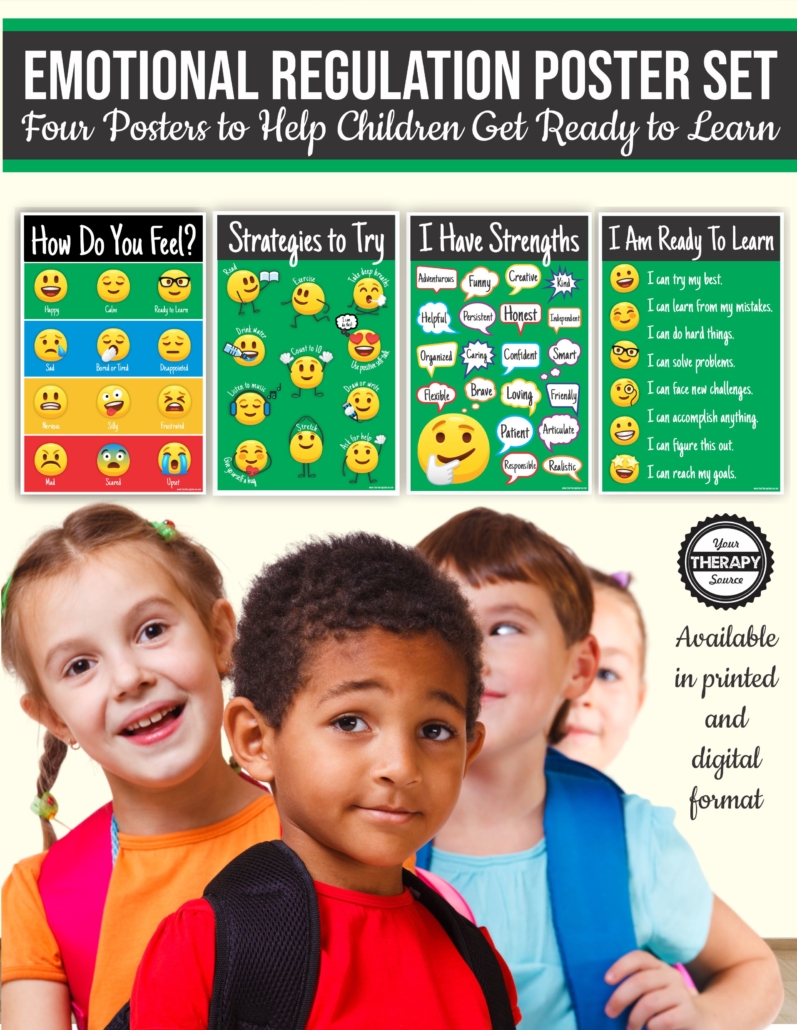Teaching Self Regulation at Home
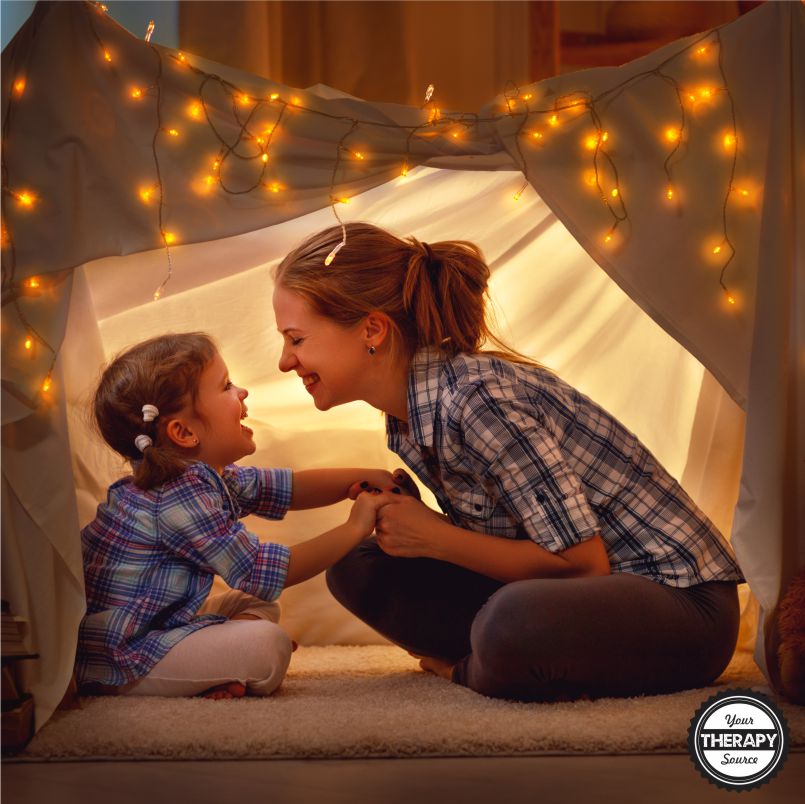
Self-regulation isn’t just an at school social emotional learning activity. Self-regulation is important for the whole family. Teaching self regulation at home is necessary because children develop the ability to self-regulate by being around self-regulating adults. It’s crucial for parents, as well as teachers and care-givers, to understand the movement-mindfulness-self-regulation-executive function connection.
Whole families and classrooms are stressed and, therefore, not as productive or harmonious or high achieving as they desire. Yet, all it takes is more movement and reflection to develop the mindfulness which enables self-regulation and executive function. Any time you choose to self-regulate, you are automatically operating from your higher order thinking brain or, executive function. To do this, you have to check in with and take care of your BODY.
Play and Participation are Key To Teaching Self Regulation at Home and School for Young Children
Russian psychologist, Lev Vygotsky, believes that intentional pretend play and participation in planning activities are the keys to promoting self-regulated learning in preschool and kindergarten children. His philosophy is rooted in cutting edge neuropsychological research on the development of self-regulation/executive functions in children.
Vygotsky suggests that, at home, parents should include children as they plan. This behavior models an intentional, self-regulated activity which takes forethought. Ideally, when parents are making a shopping list for the grocery store, or a calendar for appointments or soccer practice, they demonstrate how and invite their child to contribute or ask questions.
He also advocates for parents supporting make-believe play by jumping in, taking on an appropriate role, and showing children how to use an everyday household object in a pretend way or how to “act” for a pretend character. As children “act-out” the “customer”, “teacher”, “doctor”, they are developing self-regulation by choosing and controlling their behavior in these roles.
Nurturing Self Regulation Skills at Home
Ways to nurture and teach self regulation at home are:
Routines – establishing, explaining, and sticking to a schedule for bedtime, playtime, TV time, mealtime, etc. Help the child learn the routine so s/he can regulate him/herself. For example, set a timer to go off when it is 5 minutes to bed time. When the child hears the bell, s/he knows that it’s time to brush teeth. Check out Visual Schedules for Home Routines.
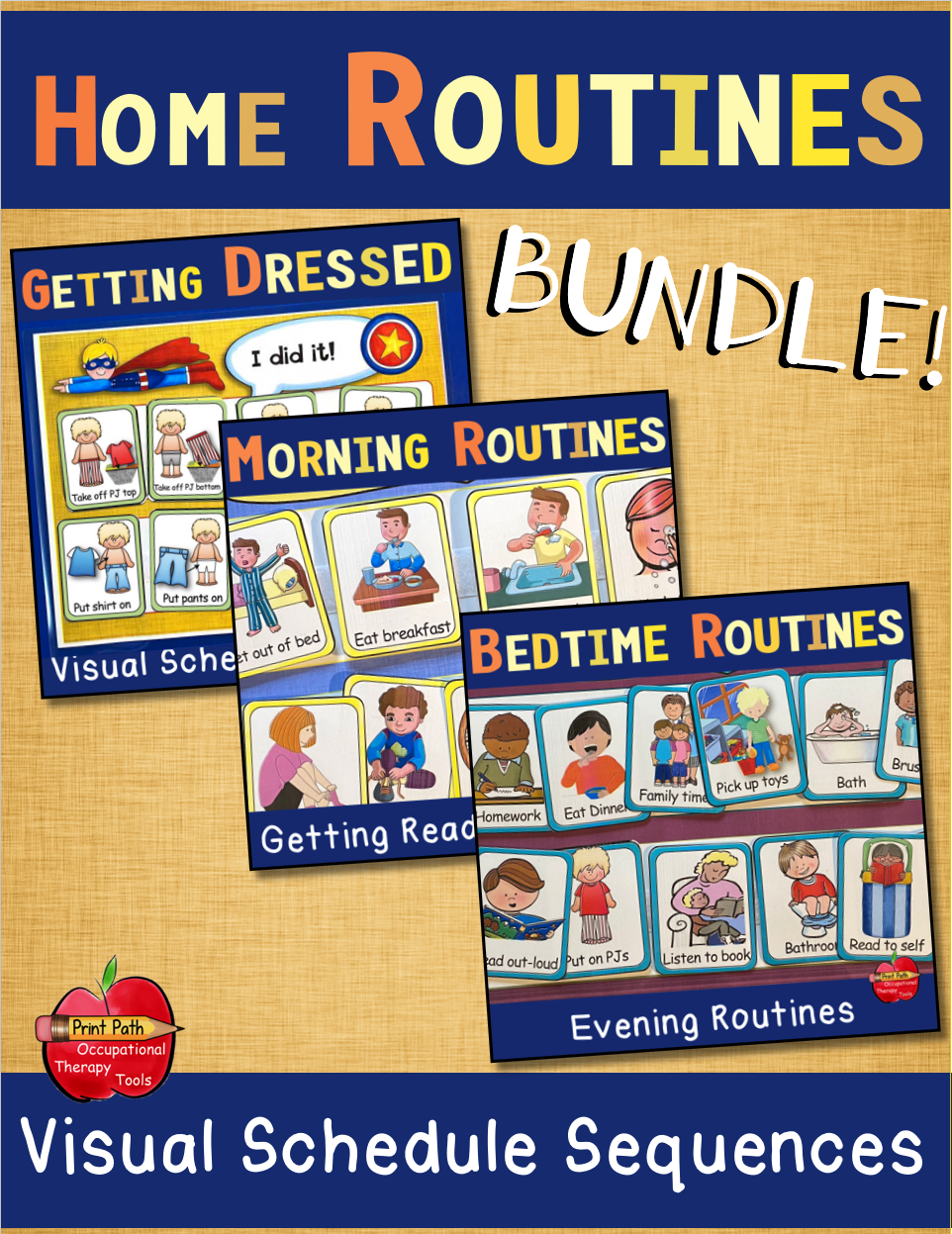
Visual Schedules for Home Routines BUNDLE: Dressing, Morning, Evening, & Bedtime
Play – because it helps us all, children particularly, naturally self-regulate as well as bond with parents. Play also nurtures basic self-awareness and control skills, such as grounding, centering, sharing, and waiting. Play and movement in all forms also develops fitness, health, self-awareness, kinesthetic and proprioceptive awareness, the reticular activating system (for processing and filtering sensory information), attention span, focus, self-control, physical coordination (which fuels cognitive coordination), direction following, socialization, and so much more.
Pausing, reflecting, and self-caring – because this 3 – step routine, when reinforced by parents and practiced regularly, develops mindfulness and the ability to self-regulate, which is a physical skill, and so needs to be practiced just like any motor skill. We all get so wrapped up in school tasks that we tend to forget about our own well being. You may need to focus on strategies for self-care for yourself.
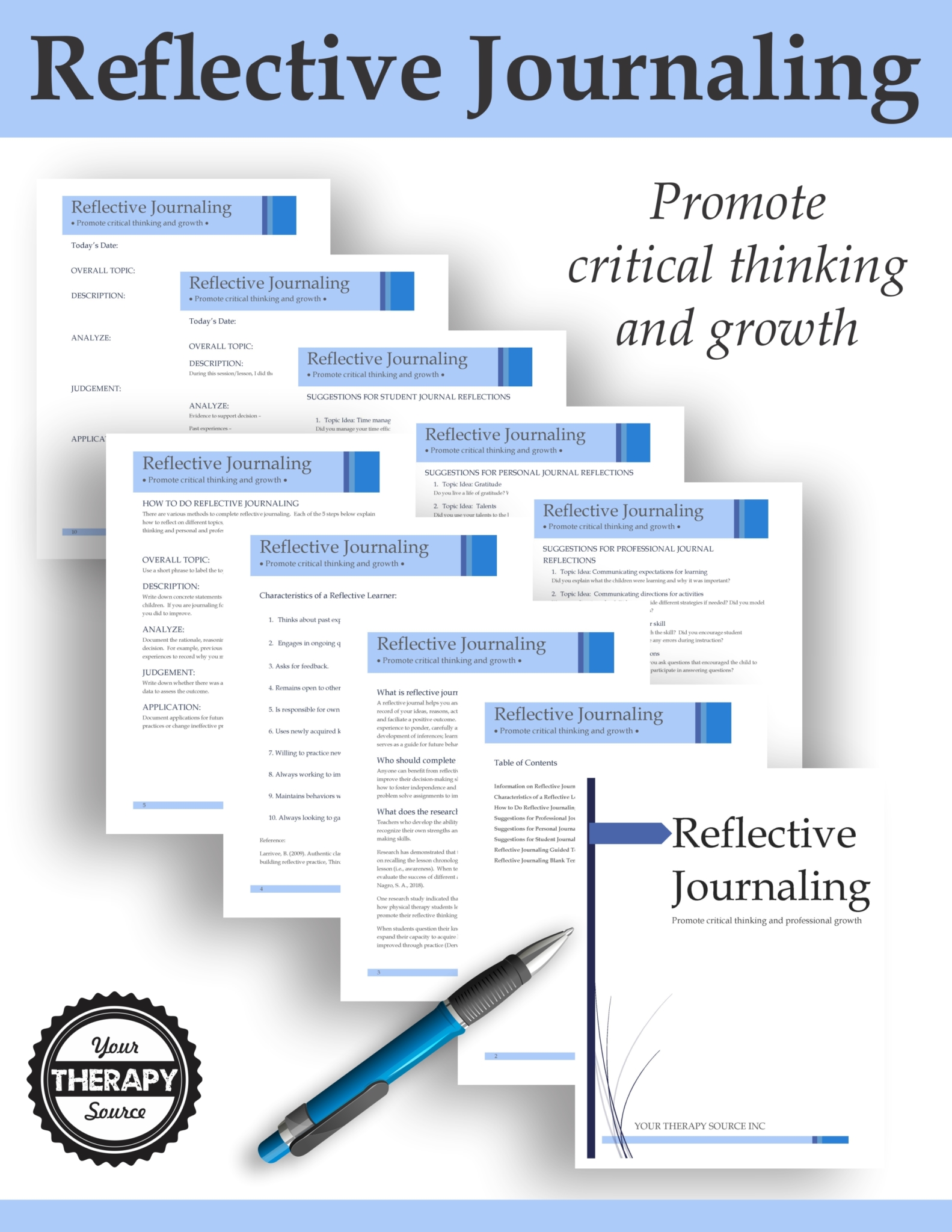
Reflective Journaling for Therapists, Teachers, Parents and Students
More mirroring and less managing – because when parents name what they see in a child’s behavior and emotional state and offer the child tools to support or soothe themselves appropriately, it help that child feel and manage what is going on in their bodies and learn to use tools/activities to self-care and self-regulate. This builds healthy self-esteem and confidence.
Regulate then educate! This is so important to remember. Students need to practice emotional regulation skills in order to be ready to learn. This Emotional Regulation Skills PDF and/or Posters can help provide visual reminders and activities to promote regulation in the classroom and at home.
Understanding that the movement-mindfulness-self-regulation-executive function connection is the missing link needed to improve both family life and early childhood education for it lays the foundation for well-being, fitness, emotional health, and academic achievement.
This article was originally written by Leah Kalish.
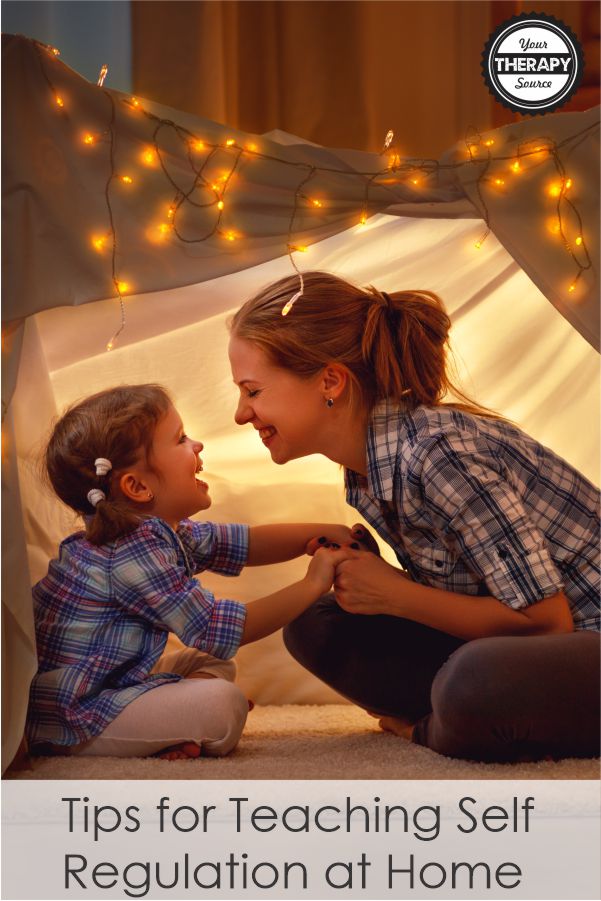
Read more on Lev Vygotsky here.


